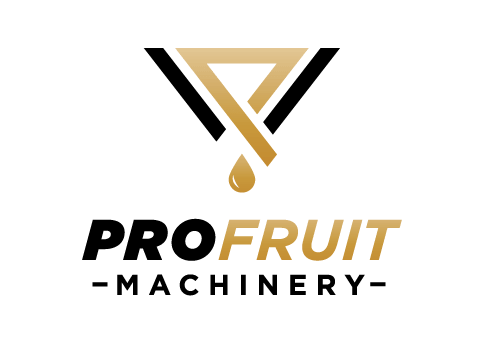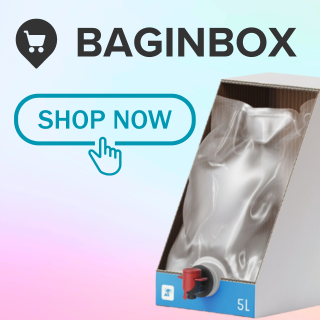Exploring the Versatility of Bib Bag in Box for Eco Friendly Packaging Solutions
The increasing demand for sustainable packaging solutions has propelled innovations in various industries, leading to a surge in eco-friendly alternatives. One such innovation is the bib bag in box, a versatile packaging option that not only reduces plastic usage but also enhances product preservation. According to a report by Smithers Pira, the global market for sustainable packaging is projected to reach $400 billion by 2027, highlighting an urgent shift in consumer preferences towards environmentally responsible products. The bib bag in box system offers a unique combination of lightweight design and extended shelf life, making it an ideal choice for beverages, food products, and other liquids. This packaging method minimizes waste and carbon footprint, appealing to both businesses and eco-conscious consumers alike. As industries strive to meet regulatory pressures and consumer expectations, the bib bag in box emerges as a compelling solution in the quest for greener packaging alternatives.
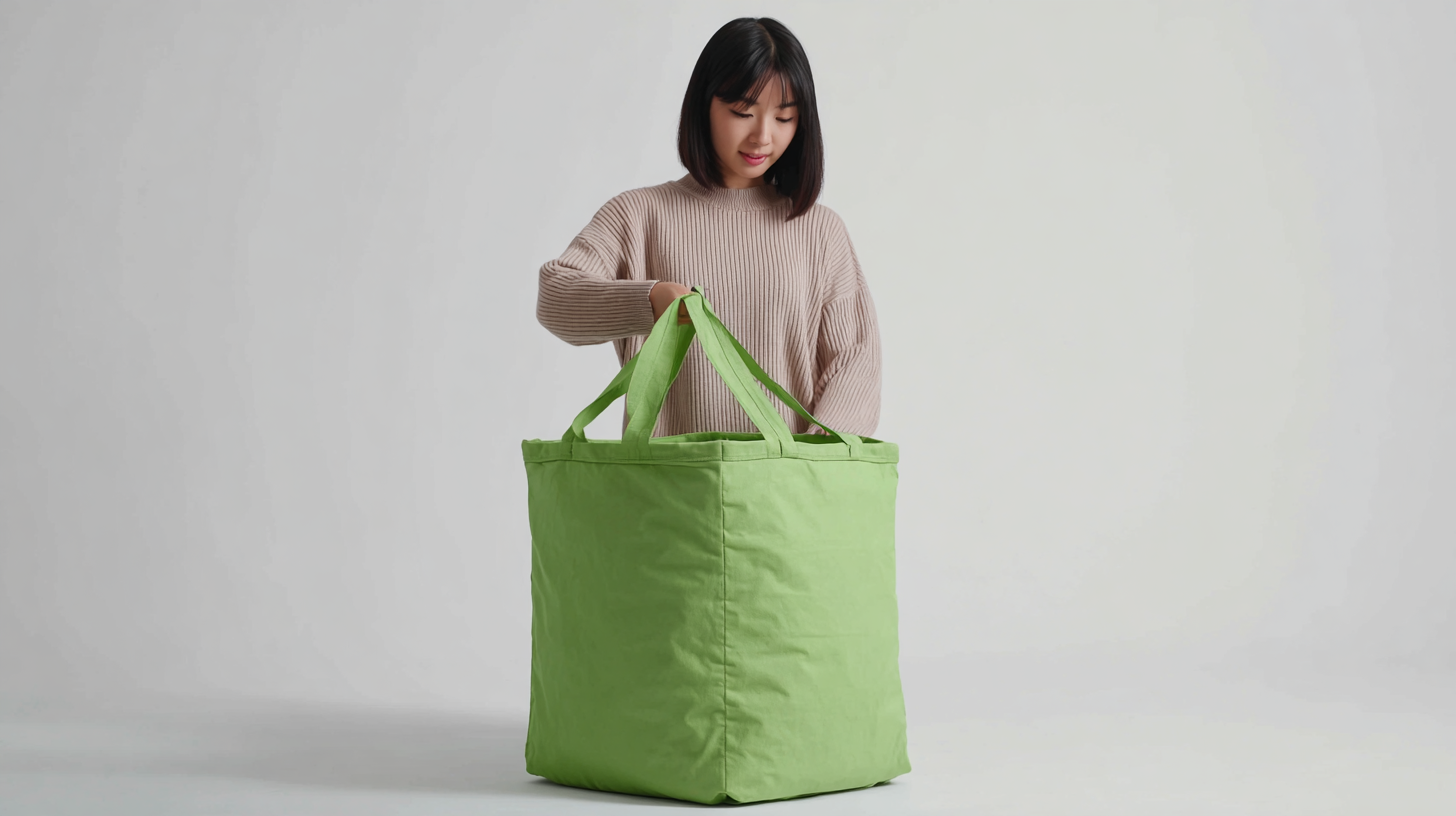
Advantages of Bib Bag in Box Packaging for Sustainability Initiatives
Bib Bag in Box packaging presents several advantages for sustainability initiatives, making it a compelling choice for environmentally conscious brands. One of the key benefits is its reduced material usage compared to traditional packaging. The design of Bib Bag in Box allows for a minimalistic approach, utilizing less plastic and cardboard while still providing adequate protection for products. This reduction in material not only lowers production costs but also minimizes waste, aligning with the goals of circular economy practices.
Furthermore, Bib Bag in Box is specifically designed to enhance transportation efficiency. Its compact form helps optimize shipping logistics, allowing more units to be transported in a single load. This efficiency leads to a decrease in carbon emissions associated with transportation, as fewer trips are needed. Additionally, the packaging is often made from recyclable materials, further contributing to its eco-friendly profile. Brands prioritizing sustainability can benefit from these features, appealing to conscious consumers while actively participating in the reduction of environmental impact.
Innovative Designs: Enhancing Functionality of Bib Bag in Box Products
The innovative designs of the Bib Bag in Box packaging have revolutionized not only the aesthetics but also the functionality of eco-friendly packaging solutions. These containers feature a flexible bag housed within a sturdy box, allowing for efficient storage and transportation of liquids. The clever integration of a tap mechanism at the base ensures easy dispensing while minimizing spills and waste. This user-friendly feature is a game-changer for both consumers and manufacturers, promoting sustainable consumption without sacrificing convenience.
Furthermore, the versatility of Bib Bag in Box products extends to their customizable designs. Brands can tailor the outer packaging to reflect their identity, incorporating vibrant graphics and eco-conscious materials. This not only enhances shelf appeal but also promotes brand loyalty among environmentally-conscious consumers. As companies continue to seek sustainable alternatives, the Bib Bag in Box stands out as a functional and innovative choice that meets the growing demand for eco-friendly packaging solutions. By enhancing the user experience and promoting responsible consumption, these products set a new standard in the packaging industry.
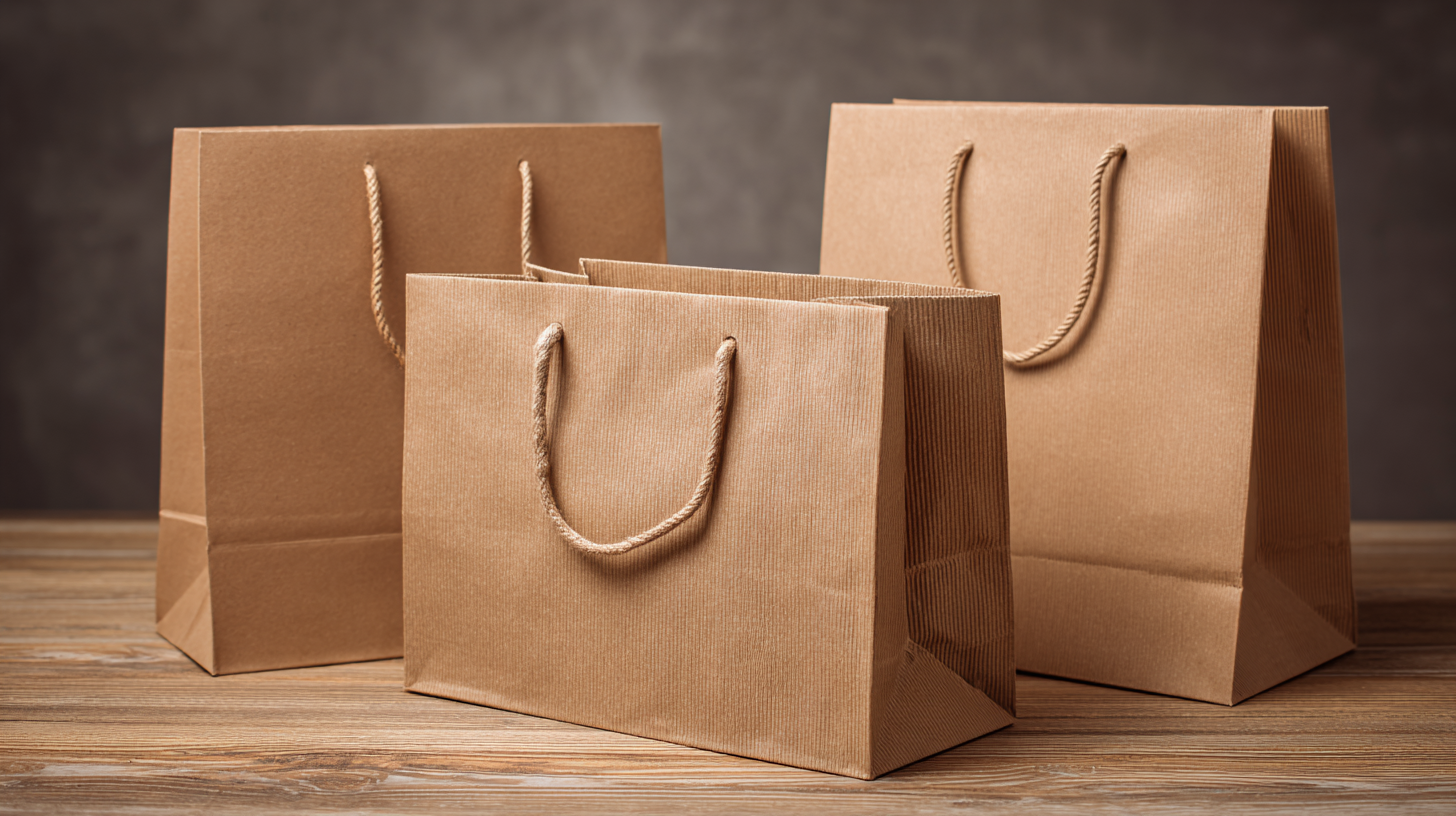
Applications of Bib Bag in Box in Various Industries
Bib Bag in Box packaging has emerged as a versatile solution across various industries, thanks to its eco-friendly properties and practicality. In the food and beverage sector, this packaging format is frequently employed for wines, oils, and juices. The Bib (Bag-in-Box) system not only assures longer shelf life but also minimizes waste, as the bag collapses as it empties, limiting the amount of air exposure. This is particularly crucial for maintaining the quality of perishables, making it a preferred choice among producers looking to reduce their environmental impact.
Moreover, the pharmaceutical and chemical industries are increasingly adopting Bib Bag in Box solutions for their liquid products. The durable construction of the packaging ensures safe storage and transportation, while also complying with stringent regulatory standards. This design reduces the risk of spills and contamination, which is vital in these sectors. As businesses strive towards sustainability, the reusability and recyclability of Bib Bag in Box components further enhance their appeal, demonstrating how innovative packaging can align with eco-conscious practices.
Applications of Bib Bag in Box in Various Industries
Comparative Analysis: Bib Bag in Box vs. Traditional Packaging Solutions
Bib Bag in Box packaging has emerged as a strong contender against traditional packaging methods such as glass bottles and plastic containers, particularly in the food and beverage industry. One of the most significant advantages of Bib Bag in Box is its efficiency in reducing waste. Traditional packaging often results in higher waste due to single-use designs and heavy materials, while Bib Bag in Box utilizes lightweight materials and offers bulk storage options, minimizing the environmental footprint.
Moreover, Bib Bag in Box systems provide better preservation for liquid products, reducing exposure to air and light, which can degrade quality over time. In contrast, traditional options may lead to oxidation and spoilage, resulting in more food waste. Additionally, the ease of transport and storage of Bib Bag in Box further amplifies its eco-friendly nature, as it requires less space and fuel for distribution, unlike cumbersome glass or rigid plastic containers. Analyzing these factors illustrates how Bib Bag in Box stands out as a modern solution tailored for sustainability, challenging the status quo of conventional packaging.

Consumer Perception and Acceptance of Bib Bag in Box Eco-Friendly Packaging
The Bib Bag in Box (BiB) packaging has gained traction in recent years, driven by growing consumer awareness regarding sustainability. A recent study by Smithers Pira indicated that the global market for eco-friendly packaging is projected to grow to $564 billion by 2027, with an increasing emphasis on convenience and recyclability. The Bib Bag in Box format, which minimizes plastic use and enhances product preservation, appeals to both environmentally conscious consumers and brands seeking to reduce their carbon footprint.
Consumer perception plays a pivotal role in the acceptance of BiB packaging. According to a survey conducted by Packaging Innovations, approximately 70% of consumers expressed a preference for brands that utilize sustainable packaging solutions, highlighting the industry's shift towards eco-friendly practices. Factors such as ease of use, reduced waste, and product longevity contribute to the positive perception of Bib Bag in Box packaging. Additionally, a Nielsen report revealed that 73% of millennials are willing to pay more for products packaged sustainably, signaling a strong market demand for innovative solutions that cater to eco-conscious consumers.
